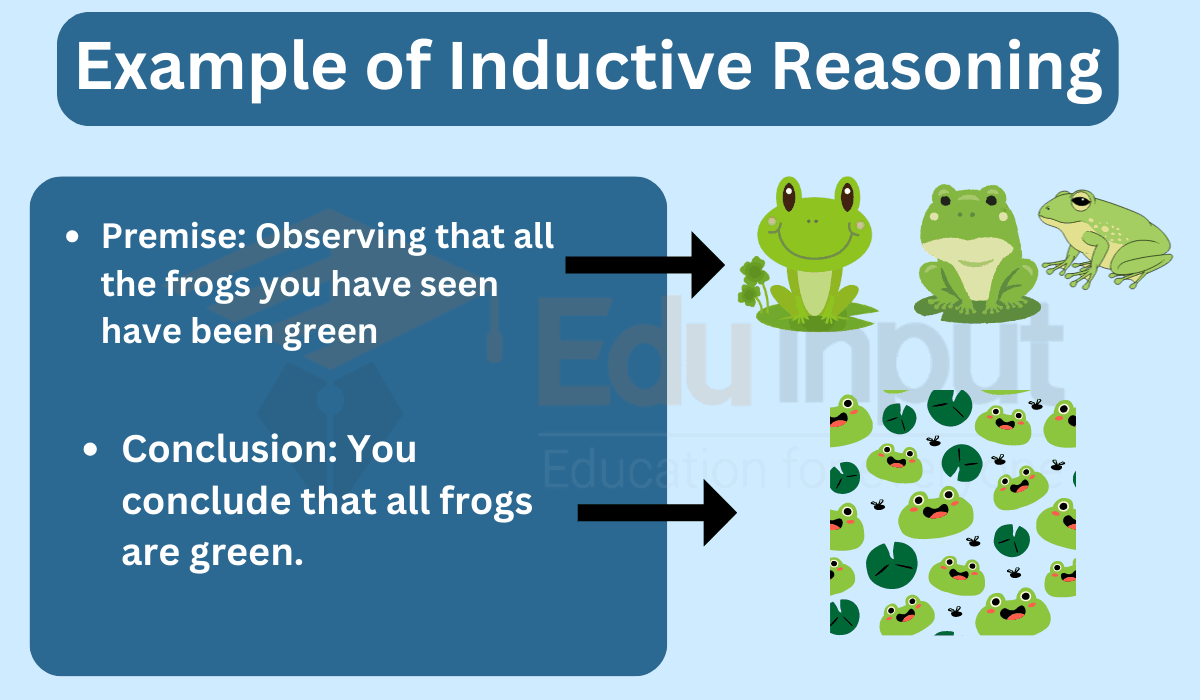20 Examples of Lipids
Triglycerides, Phospholipids, Cholesterol, HDL, LDL, Sphingolipids, and Glycolipids are a few examples of lipids.
Examples of Lipids
Here are some important examples of lipids:
Triglycerides
Triglycerides are the most common type of fat in the body and serve as an energy storage molecule.
Phospholipids
Phospholipids are essential components of cell membranes, with hydrophilic heads and hydrophobic tails.
Cholesterol
Cholesterol is a lipid molecule vital for cell membrane structure and the synthesis of hormones.
HDL (High-Density Lipoprotein)
HDL is a lipoprotein that transports cholesterol from the bloodstream to the liver for removal.
LDL (Low-Density Lipoprotein)
LDL is a lipoprotein that carries cholesterol to cells in the body and can contribute to plaque buildup in arteries.
VLDL (Very Low-Density Lipoprotein)
VLDL is a lipoprotein that transports triglycerides and cholesterol in the bloodstream.
Sphingolipids
Sphingolipids are a class of lipids that play structural roles in cell membranes and are involved in cell signaling.
Wax Esters
Wax esters are lipids found in various plant tissues and animal tissues, often providing waterproofing.
Glycolipids
Glycolipids are lipids with carbohydrate groups attached, found in cell membranes and cell recognition.
Eicosanoids
Eicosanoids are lipid signaling molecules, including prostaglandins and leukotrienes, involved in inflammation and other physiological processes.
Steroid Hormones
Steroid hormones, such as testosterone and estrogen, are lipid-based molecules that regulate various physiological functions.
Ceramides
Ceramides are a type of sphingolipid involved in cell signaling and cell adhesion.
Cardiolipin
Cardiolipin is a phospholipid found in the inner mitochondrial membrane, playing a role in energy production.
Glycerophospholipids
Glycerophospholipids are a class of phospholipids containing a glycerol backbone, found in cell membranes.
Triacylglycerols
Triacylglycerols, also known as triglycerides, are fats composed of three fatty acids attached to a glycerol molecule.
Lipopolysaccharides
Lipopolysaccharides are lipid molecules found in the outer membrane of gram-negative bacteria and can trigger immune responses in humans.
Chylomicrons
Chylomicrons are lipoprotein particles that transport dietary lipids from the intestines to the bloodstream.
Isoprenoids
Isoprenoids are a diverse group of lipids, including carotenoids and terpenes, with various biological functions.
Squalene
Squalene is a lipid precursor to cholesterol and is found in the skin’s sebaceous glands.
Plasmalogens
Plasmalogens are a subclass of phospholipids with a unique vinyl-ether bond, found in cell membranes and nerve tissues.





Leave a Reply